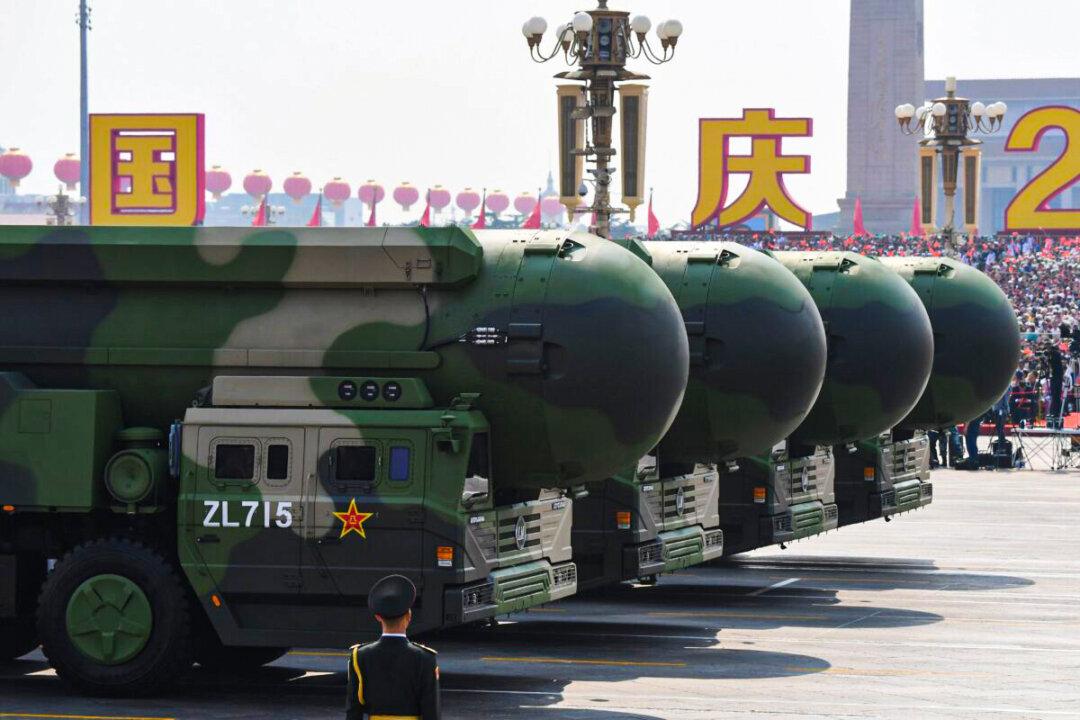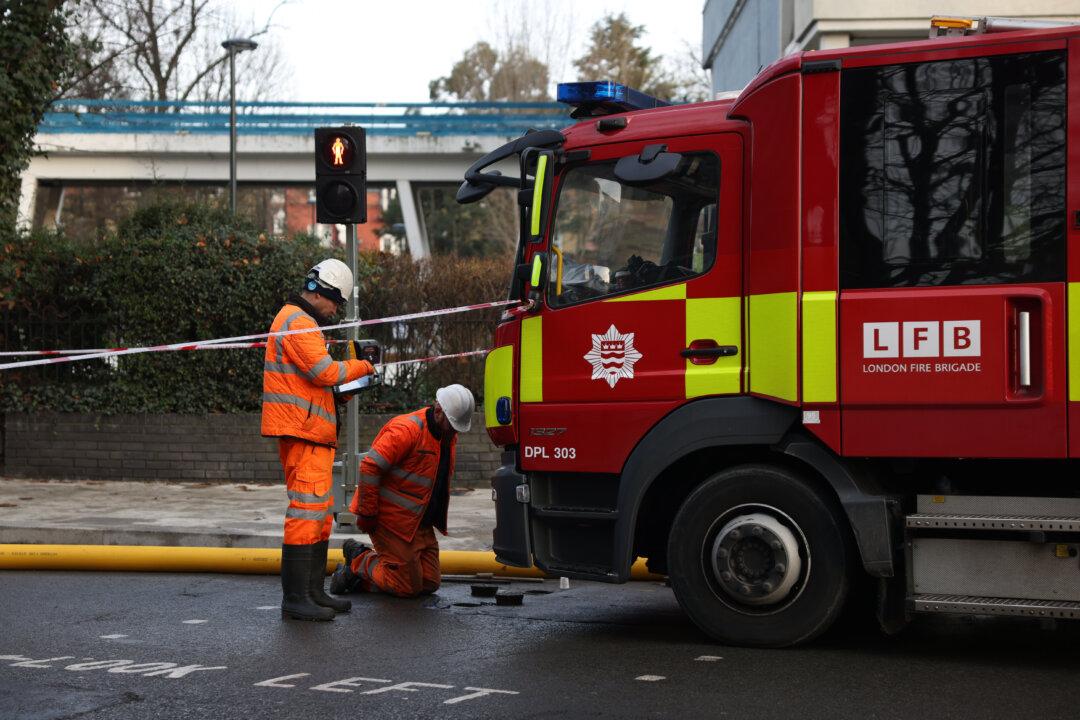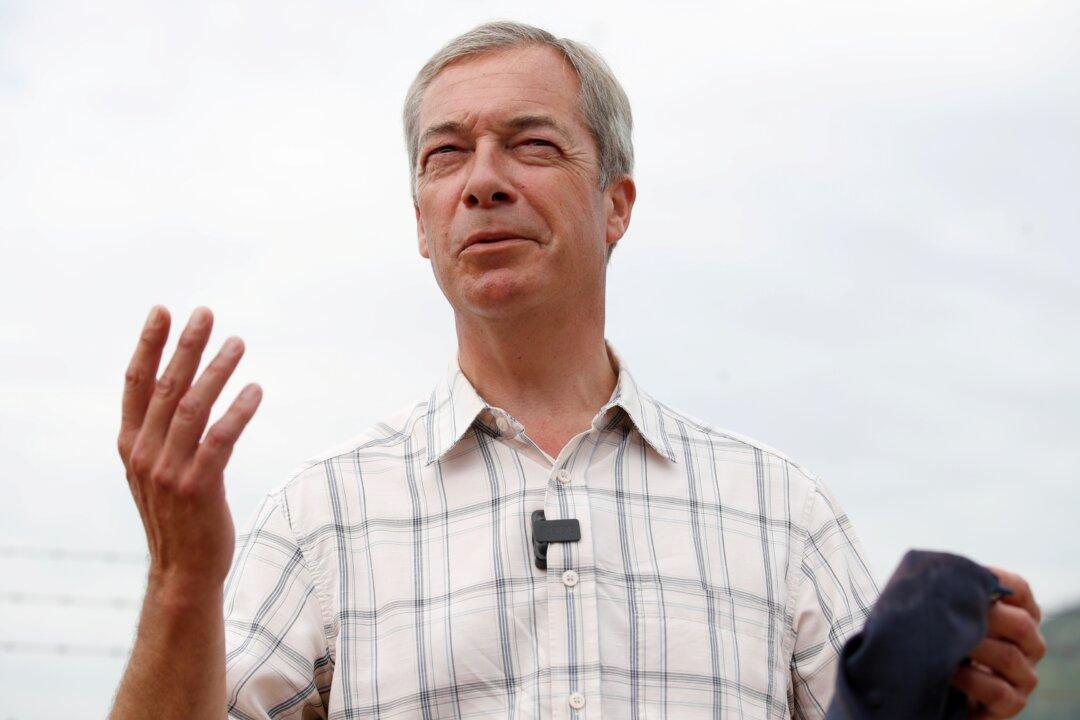The risk of an accidental nuclear war with China is growing as the regime expands its nuclear arsenal in disregard for international arms control mechanisms, according to UK national security adviser Sir Stephen Lovegrove.
In a virtual speech at the Centre for Strategic and International Studies (CSIS) in Washington, Lovegrove said the world is entering a “dangerous new age of proliferation,” in which “technological change is increasing the damage potential of many weapons, and those weapons systems are more widely available.”





